Understanding of climate change is essential for addressing its challenges and impacts effectively followed by its solution like Transition to Green Energy, Energy Efficiency, Carbon Pricing, Reforestation and Afforestation, Sustainable Agriculture, Reducing Waste, International Agreements, use of biodegradable packaging and many more.
Introduction
Factors affecting climate change and global warming - Cause
Human Intervention
Fossil Fuel
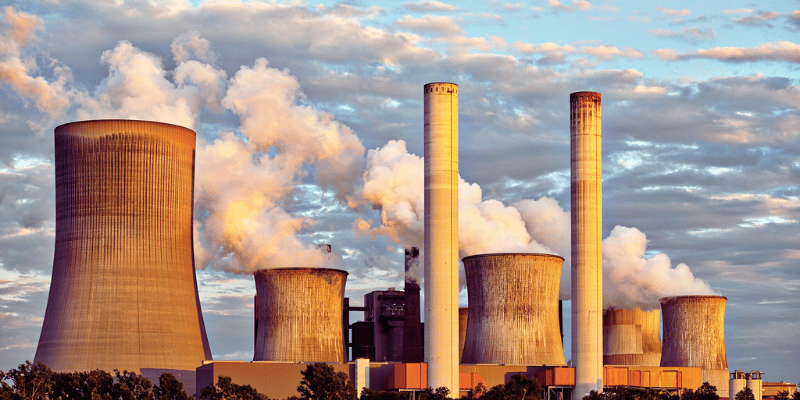
Deforestation
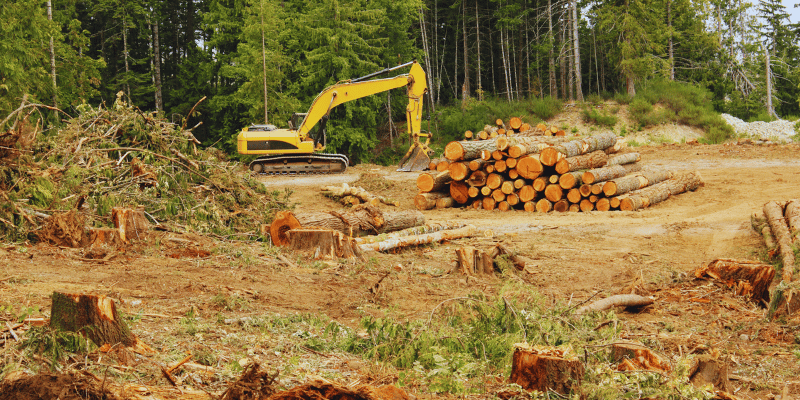
Nitrous Oxide (N2O) Emissions: The combustion of fossil fuels can also release nitrous oxide, another greenhouse gas. Nitrous oxide is released through the combustion process and can contribute to global warming.
It is also released as a byproduct of certain industrial processes, such as the production of nitrogen-based fertilizers.
Carbon Release: Trees and forests act as carbon sinks, absorbing and storing large amounts of carbon dioxide (CO2) through photosynthesis. When forests are cleared or burned, the carbon stored in trees and vegetation is released into the atmosphere as CO2.
Reduced Carbon Sequestration: Deforestation not only releases stored carbon but also reduces the Earth’s capacity to absorb CO2 from the atmosphere. This is because the removal of trees and forests decreases the planet’s natural ability to sequester carbon through photosynthesis.
Altered Climate Patterns: Large-scale deforestation can disrupt local and regional climate patterns. Forests influence temperature, humidity, and precipitation in their surroundings. When forests are removed, the local climate can become drier and more variable, leading to reduced rainfall, increased temperatures, and changes in weather patterns. These shifts can affect agriculture, water resources, and ecosystems.
Effects on Water Cycles: Forests play a crucial role in regulating water cycles by absorbing and releasing water. Their removal can lead to altered river flow patterns, increased flooding, and decreased water availability in some areas.
Agriculture
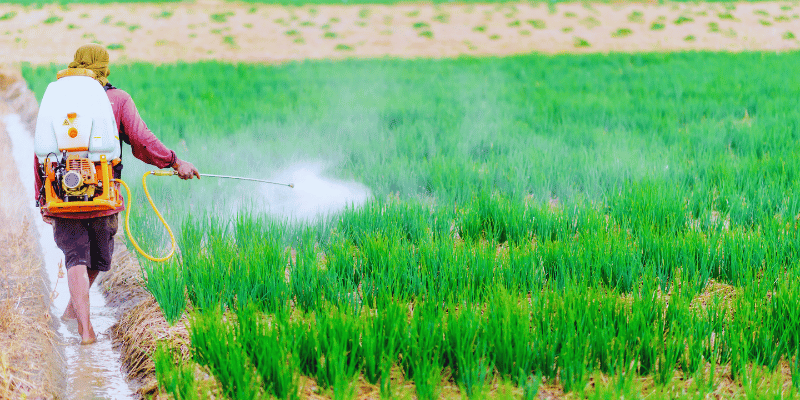
Nutrient Runoff: Inorganic fertilizers contain high concentrations of essential nutrients like nitrogen and phosphorus. When these fertilizers are applied to farmland, excess nutrients not absorbed by crops can be washed away by rainfall or irrigation water. This runoff carries these nutrients into nearby water bodies, such as rivers, lakes, and streams. This excess nutrient runoff can cause water pollution and contribute to a range of environmental problems, including eutrophication (Eutrophication is the process in which a water surface overly enriched with nutrients, leading to the excessive growth of plant life. The excessive growth of algae and plankton on water surface are indicators of Eutrophication).
Groundwater Contamination: Inorganic fertilizers can leach into the soil and reach groundwater, which serves as a source of drinking water for many people. This can contaminate the groundwater with nitrates, which are harmful when present in excessive amounts. High nitrate levels in drinking water can pose health risks, particularly to infants and pregnant women, as they can cause methemoglobinemia or “blue baby syndrome.”
Soil Acidification: Some inorganic fertilizers, like ammonium-based fertilizers, can contribute to soil acidification over time. This acidification can harm soil quality, reduce its ability to retain nutrients and negatively impact the growth of crops and other vegetation.
Accumulation of Toxic Elements: Inorganic fertilizers may contain trace amounts of toxic elements, such as heavy metals (e.g., cadmium, lead). Over time, repeated use of these fertilizers can lead to the accumulation of these toxic elements in the soil, which can be harmful to both the environment and human health.
Reduced Soil Fertility over Time: Excessive and imbalanced use of inorganic fertilizers without proper nutrient management can lead to soil degradation and reduced fertility. This, in turn, may require even higher fertilizer application rates to maintain crop yields, creating a vicious cycle of increased fertilizer use and potential environmental harm.
Natural Force
Volcanic Activity
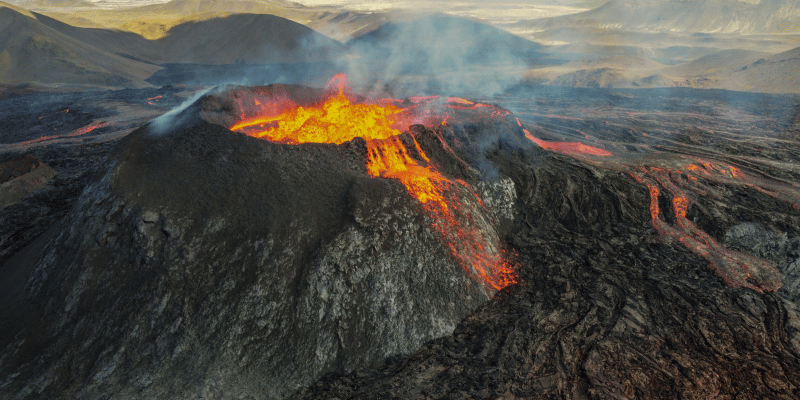
Solar Radiation
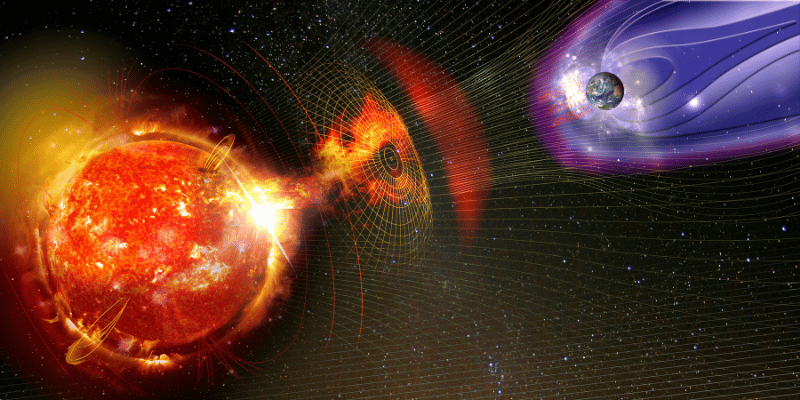
Solar Cycles: The sun goes through periodic cycles of activity, such as the 11 years solar cycle. During periods of increased solar activity, the sun emits more energy, which can have a minor warming effect on the Earth. Conversely, during solar minima, there is slightly less incoming solar energy, which can contribute to a cooling effect.
However, the magnitude of these variations is relatively small compared to the long-term warming trend associated with human-induced greenhouse gas emissions.
Ocean Current
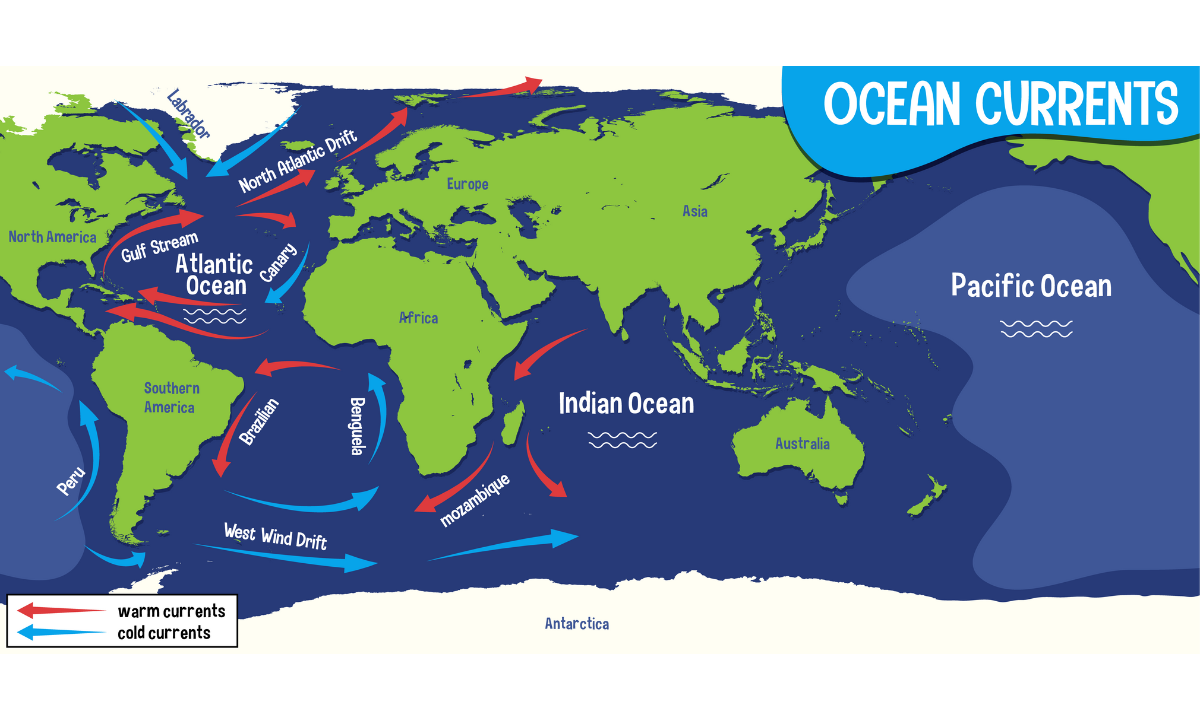
Heat Distribution: Ocean currents help distribute heat around the planet. Warm ocean currents transport heat from the equator towards the poles, while cold currents move heat away from higher latitudes. This heat distribution helps regulate regional and global temperatures. Changes in ocean currents can disrupt this heat transport, affecting regional climates.
Phenomena like El Niño and La Niña, as well as changes in ocean currents, can lead to short-term fluctuations in climate and weather patterns.
Influence on Weather Patterns: Ocean currents influence weather patterns and climate by regulating the distribution of heat and moisture.
For example, the Gulf Stream in the North Atlantic Ocean influences weather in North America and Western Europe, leading to milder temperatures in these regions. Alterations in ocean currents can lead to shifts in weather patterns, affecting precipitation and temperature.
Carbon Storage: The oceans play a vital role in sequestering carbon dioxide (CO2) from the atmosphere. As surface waters absorb CO2, it is transported to deeper layers of the ocean by currents. Changes in ocean currents can impact the efficiency of this carbon uptake, potentially affecting atmospheric CO2 levels and consequently, global warming.
Ocean-Atmosphere Interaction: Ocean currents can interact with the atmosphere to influence weather and climate phenomena like El Niño and La Niña. These events, which result from changes in Pacific Ocean currents, have widespread impacts on weather patterns, including droughts, floods, and temperature anomalies.
Feedback Loops: Changes in ocean currents can lead to feedback loops that amplify the effects of climate change. For example, the melting of polar ice caps can alter the distribution of freshwater in the ocean, affecting the density of seawater and potentially disrupting major circulation patterns like the Atlantic Meridional Overturning Circulation (AMOC). Changes in the AMOC could have substantial consequences for regional and global climate patterns.
Understanding of climate change and global warming deeply is the first step in developing effective mitigation and adaptation strategies to protect our planet for future generations.
Impact of climate change and global warming - Effect
As we goes deeper into the “Understanding of Climate Change and Global Warming,” along with it’s causes, we realize that this knowledge is the key to decipher the impact of climate change and global warming.
Environmental Impact
Climate change creates many environmental problems, including rising sea levels, more frequent and severe natural disasters, habitat destruction and disruptions in ecosystems.
Global warming increases temperature, which have numerous consequences likewise rising sea levels, threaten coastal communities, resulting in increased coastal erosion, flooding and saltwater intrusion into freshwater sources.
Low-lying islands and coastal cities are particularly affected with increase in sea level, causing migration of millions of people.
Climate change also causing frequent extreme weather events, including hurricanes, droughts, floods, and wildfires or forest fire. These events can cause huge damages to infrastructure, agriculture and communities, leading to economic losses and human suffering.
These changes can harm biodiversity and ecosystems, with long-term consequences for all life on Earth.
Human Health
Climate change can negatively impact human health by contributing to the spread of diseases, increasing the risk of heat-related illnesses, and worsening air quality. Therefore, it is very important to know about understanding of climate change and global warming to save our future generation.
Heat-Related Illnesses: Rising temperatures can lead to an increased risk of heat-related illnesses, including heat exhaustion and heatstroke.
Air Quality: Climate change can worsen air quality by increasing the concentration of ground-level ozone and particulate matter. Poor air quality is associated with respiratory diseases like bronchiectasis, pulmonary fibrosis, lung cancer etc.
Spread of Infectious Diseases: Changing climate conditions can affect the distribution and behaviour of disease vectors like mosquitoes and flies, leading to the spread of diseases such as malaria, dengue fever etc.
Waterborne Diseases: Extreme weather events and altered precipitation patterns can lead to water contamination and the spread of waterborne diseases like cholera and dysentery.
Food Security: Climate change can disrupt food production and distribution, leading to food shortages and malnutrition, which can have long-term health consequences.
Mental Health: The stress and trauma associated with climate-related disasters and events can contribute to mental health issues, including anxiety, depression, and post-traumatic stress disorder.
Economic Consequences
Climate change can result in substantial economic costs, including damage to infrastructure, decreased agricultural productivity and increased healthcare expenses. It can also lead to the migration of communities and loss of livelihoods.
Changes in temperature and weather patterns can affect agriculture yields and food production. Agriculture is at risk with increased pests and reduced water availability. Climate change can exacerbate water scarcity in regions already facing water stress. Decreased snowpack and glacier melt can reduce freshwater availability.
Food and Water Security
Changes in temperature and precipitation patterns can affect food and water availability. Droughts, floods, and extreme weather events can disrupt agriculture, leading to food shortages and water scarcity, which can trigger conflicts and migrations.
Ocean Acidification
Rising temperatures and ocean acidification due to increased carbon dioxide levels can harm marine ecosystems, leading to coral bleaching, declining fish populations, and disruptions in the marine food chain. This affects livelihoods and food supplies for millions of people.
Reduce pH level in the ocean over period of time called ocean acidification, caused by uptake of carbon dioxide (CO2) from the atmosphere.
Here are few examples of climate change impacts in recent years.
In recent years, several striking examples underscore the urgency of gaining a deep “Understanding of Climate Change and Global Warming.”
Los Angeles Wildfire: A Burning Reminder of Climate Change
Wildfires are no stranger to Los Angeles, but the recent devastating fire that began on January 7, 2025, serves as a grim reminder of how climate change is making these disasters more frequent and intense.
The interplay of rising global temperatures, erratic weather patterns, and prolonged drought conditions are turning Los Angeles into a hotspot for wildfires.
Let’s explore how climate change has fueled this incident and the staggering, still-mounting costs and consequences.
How Climate Change Fuels Wildfires
Rising Temperatures: Global temperatures have increased by about 1.2°C (2.2°F) since the pre-industrial era, and Los Angeles has been particularly affected. The city has seen average summer temperatures rise by 3°F (1.7°C) over the past few decades. In 2023, Los Angeles experienced record-breaking heat waves, with temperatures soaring above 110°F (43°C) in some areas. These hotter conditions dry out vegetation, turning it into highly combustible fuel for wildfires.
Drought and Water Scarcity: Climate change has intensified droughts across California. Reduced rainfall and depleted water reserves leave the landscape parched and ready to ignite.
Stronger Winds: The Santa Ana winds, infamous for spreading fires rapidly, are becoming more erratic and severe due to climate change-driven atmospheric shifts.
Extended Fire Seasons: Fire season in California, once limited to a few months, now extends almost year-round as warmer and drier conditions persist.
Australian Bushfires (2019-2020)
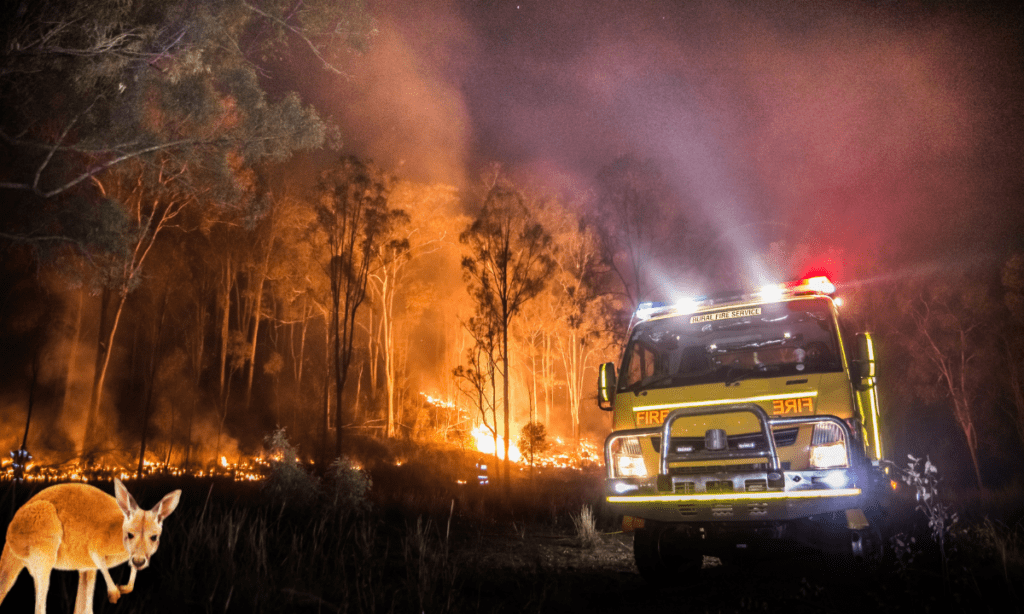
In late 2019 and early 2020, Australia experienced one of the most devastating bushfire seasons in its history. Extreme heat, prolonged drought and strong winds fueled the fires, which burned millions of acres of land, destroyed thousands of homes and led to the loss of human and animal lives.
European Heatwaves (2019)
In the summer of 2019, Europe experienced an intense heatwave, with several countries breaking temperature records. France recorded highest temperature of 46 degrees Celsius (114.8 degrees Fahrenheit). Such extreme heat events are becoming more frequent and severe due to climate change, posing health risks and straining infrastructure.
Amazon Rainforest Fires (2019)
The Amazon rainforest, often referred as the “lungs of the Earth” which experienced a wildfires in 2019. These fires were linked to deforestation and land usage, driven by agricultural expansion and illegal logging. Climate change exacerbates the risk of fires by creating drier conditions in some regions.
Rising Global Temperatures
Over the past century, the Earth’s average surface temperature has been steadily rising. According to NASA and NOAA data, the last few decades have seen some of the warmest years on record. This trend is a clear indication of global warming.
Melting Polar Ice
Both the Arctic and Antarctic regions have experienced significant ice loss. Arctic sea ice extent has been decreasing, leading to longer ice-free periods in the summer. Additionally, the Greenland Ice Sheet and the West Antarctic Ice Sheet are losing ice mass, contributing to rising sea levels.
Sea Level Rise
Global warming is causing thermal expansion of seawater, which leads to rising sea levels. As ocean temperatures increase, seawater expands, taking up more space and resulting in higher sea levels. Melting ice from glaciers and ice sheets also contributes to sea level rise.
Ocean Acidification
Increased levels of CO2 in the atmosphere not only lead to global warming but also result in higher CO2 concentrations in seawater. This causes ocean acidification, which threatens marine ecosystems, particularly coral reefs and marine life with calcium carbonate shells or skeletons.
Evidence of Climate Change
Carbon Isotope Analysis
By examining the ratio of carbon isotopes (C-12 and C-13), scientists can determine that the increase in atmospheric CO2 levels is primarily due to the burning of fossil fuels.
Rising Global Temperatures
Evidence is the increase in global average temperatures. Over the past century, Earth’s temperature has risen significantly, with the last few decades experiencing more rapid warming. This warming trend is well documented through temperature records and measurements from various sources, including ground-based weather stations, satellites, and ocean buoys (Floating Device).
Melting Ice and Glaciers
Rising temperatures have led to the melting of glaciers and ice sheets in polar regions. For example, the Greenland Ice Sheet and Antarctic Ice Sheet have shown signs of accelerated melting, contributing to rising sea levels. The retreat of glaciers is a visible and measurable indicator of warming temperatures.
Sea Level Rise
Sea levels are rising as a result of thermal expansion (water expanding as it warms) and the melting of glaciers and polar ice. This has been measured through tide gauges and satellite observations.
Changing Weather Patterns
Climate change has led to shifts in weather patterns, resulting in more frequent and severe weather events, such as hurricanes, droughts, floods, and heatwaves. These events are consistent with climate models’ predictions and have observable impacts on communities and ecosystems.
Ocean Warming
Oceans have absorbed much of the excess heat from global warming, leading to ocean warming. This is evident in rising sea surface temperatures and the proliferation of marine heatwaves.
Ocean Acidification
Increased levels of carbon dioxide (CO2) in the atmosphere have led to the absorption of excess CO2 by oceans. This has caused ocean water to become more acidic, threatening marine ecosystems, particularly coral reefs and shellfish.
Plant and Animal Phenology
Changes in the timing of natural events, such as flowering, migration, and hibernation (dormancy) of plants and animals, are consistent with shifts in temperature and climate patterns.
Shrinking Arctic Sea Ice
The extent and thickness of Arctic sea ice have been declining over the years, leading to longer ice-free periods in the summer. This has consequences for Arctic ecosystems and climate feedback loops.
Proxy Data
Scientists analyze data from natural sources like tree rings, ice cores, and sediment layers to reconstruct past climate conditions. These proxy records show significant changes in temperature and climate patterns.
Hope above Comprehensive Guide on understanding of climate change will have positive impact on our societies to address current challenges.

“I’ve always been concerned about global warming, but your blog has turned my concern into action. The blog’s passionate advocacy for a sustainable future and its practical tips have motivated me to become an advocate for change in my community”
Explaination was given in so simple language that everyone can understand easily. Must read blog to save our environment…
Very nice blog on environmental issue.
“I stumbled upon your blog on climate change and global warming while searching for informative blog. The blog has been an eye-opener for our societies. The articles provide a comprehensive understanding of climate change, its consequences, and what we can do to address it “
Pingback: Best Green Energy Resources - blogpackers.com
Pingback: Biodegradable Corn Starch Packaging
Everything is very open with a precise description of the challenges. It was truly informative. Your website is extremely helpful. Thanks for sharing!